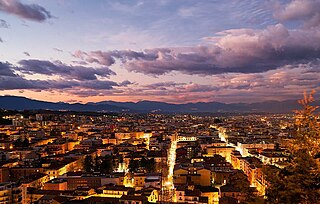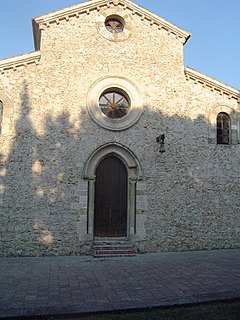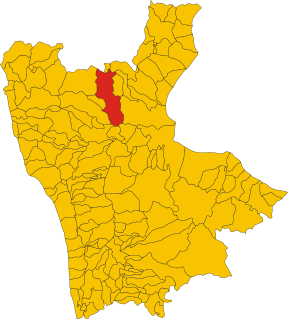Muranum, was an ancient town of the interior of Lucania, the name of which is not found in any ancient author; but its existence is proved by the Itinerary of Antoninus, which places a station "Summurano", evidently a corruption of "Sub Murano", on the road from Nerulum to Consentia (modern Cosenza); and this is confirmed by the inscription found at La Polla (ancient Forum Popilii), which gives the distance from that place to Muranum at 74 M.P. It is, therefore, evident that Muranum must have occupied the same site as the modern town of Morano Calabro (in the Province of Cosenza, Calabria, Italy), on a considerable hill, at the foot of which still runs the high road from Naples to Reggio di Calabria, and where was situated the station noticed in the Itinerary. Near it are the sources of the river Coscile, the ancient Sybaris. (Itin. Ant. pp. 105, 110; Orell. Inscr. 3308; Romanelli, vol. i. p. 387.)
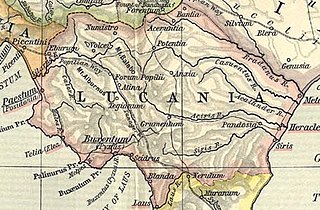
Lucania was an ancient area of Southern Italy. It was the land of the Lucani, an Oscan people. It extended from the Tyrrhenian Sea to the Gulf of Taranto. It bordered with Samnium and Campania in the north, Apulia in the east, and Bruttium in the south-west, at the tip of the peninsula which is now called Calabria. It thus comprised almost all the modern region of Basilicata, the southern part of the Province of Salerno and a northern portion of the Province of Cosenza. The precise limits were the river Silarus in the north-west, which separated it from Campania, and the Bradanus, which flows into the Gulf of Taranto, in the east. The lower tract of the river Laus, which flows from a ridge of the Apennine Mountains to the Tyrrhenian Sea in an east-west direction, marked part of the border with Bruttium.
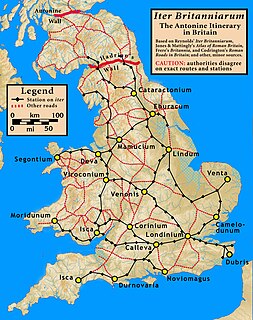
The Antonine Itinerary is a famous itinerarium, a register of the stations and distances along various roads. Seemingly based on official documents, possibly from a survey carried out under Augustus, it describes the roads of the Roman Empire. Owing to the scarcity of other extant records of this type, it is a valuable historical record.
Nerulum was an ancient town in the interior of Lucania, mentioned by Livy during the wars of the Romans in that country, when it was taken by assault by the consul Lucius Aemilius Barbula, 317 BCE. The only other notice of it is found in the Itineraries, from which we learn that it was situated on the high-road from Capua to Rhegium, at the point of junction with another line of road which led from Venusia by Potentia and Grumentum towards the frontiers of Bruttium. The names and distances in this part of the Tabula are too corrupt and confused to be of any service: the Itinerary of Antoninus places it 14 miles north of Muranum, the site of which is clearly ascertained at Morano Calabro. If the former distance be adopted as correct, it must have been situated at, or in the neighbourhood of, Rotonda, near the sources of the river Lao. The editors of the Barrington Atlas of the Greek and Roman World place Nerulum at Castelluccio.

